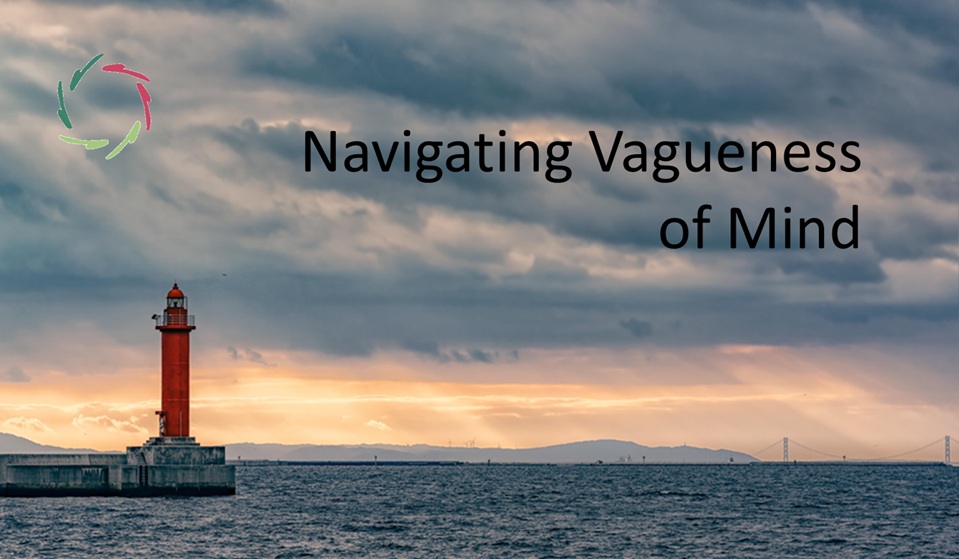The Challenge of Changing one Thought

The degree of challenge depends on the thought. Deeply embedded thoughts are more challenging to change.
The difference between deep and superficial-level thoughts is crucial.
Embeddedness
Surface-level thoughts are more Lego-like. You can, so to speak, quickly take out one small block and put in another. Of course, there are no pure Lego-like mental blocks in the mind/brain. This is, there are no purely Platonic concepts in one’s mindscape. Any thought has some degree of depth.
The deeper in mind, the less Lego-like mental contents are and the more overlapping/embedded. In-depth, they are like elements hanging together with many little hooks. Each element hangs on to several others that hang on to several others. Pulling at one, you are pulling at many before you know it.
Comparing surface-level and deep thoughts, this difference becomes so significant that it may be confusing to use the same term (‘thought’) for both without further explanation ― which you just received.
Herein lies the challenge
Changing one profound thought has repercussions on many others. This way, deep thoughts are more stable as they should be, and as anyone can experience. The set of deep thoughts together corresponds well to one’s personality ― which is notoriously difficult to change, especially with means appropriate for the surface-level side: taking out elements and putting in others.
Exclusively changing one thought in-depth is not possible. Moreover, forcefully trying to do so may engender internal conflicts in the to-be-changed person. This may lead to what is called cognitive dissonance. The afflicted person will experience an urge to get rid of the dissonance, such as by reversing the half-baked change.
Mental resistance
Others experience the above as mental resistance to change. If the pattern hangs on to other deeply embedded patterns, there will be deep resistance, even if it seems illogical or counterproductive. People don’t always act in their apparent interests.
One can see this, for instance, in politics ― especially in populist demagoguery. The involved brainwashing is a brute-force undertaking. This may damage people deep inside, but the demagogue generally doesn’t care. Once accomplished, it is difficult to reverse the changes by rational argumentation. Deeply embedded thoughts are just not so easily changeable, even if they appear at the surface level. This can be baffling to people who are used to much conceptual mental change ― intellectuals.
More generally, this makes it difficult to dis-illusion.
Managing the resistance
As experience shows time and again, the idea that rational persuasion must change any irrational thought can lead to increasing dissonance and resistance. It doesn’t work. Indiscriminately draw, and you shall be drawn against. Trying to re-brainwash the person into the ‘correct direction’ – as is frequently done – carries profound ethical issues, especially if it is the only manner used.
In a paradoxical strategy, one may first follow and even exaggerate the direction of the resistance, which may lose its strength through this. With the guards down, change may be more straightforward. However, I’m cautious with this and seldom use it. What happens when the guards come to their senses again?
Toward mental growth
Apart from this, it’s good to know when the drawing will be genuinely effective and when not. This is a crucial part of the aim of coaching and of changing an opinion, generally. The ideal way is only to change what the person is ready for ― congruent with his present mental constellation.
The latter kind of change is called mental growth.
The ethically best and probably most durably effective way to accomplish this is by genuine invitation from the inside out. That is autosuggestion.
If done well, this is not the end but the beginning of a path toward mental strength and health.


